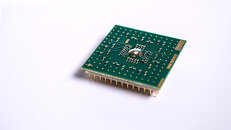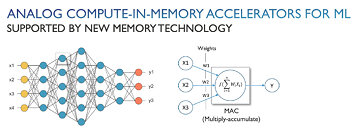Lam Research Establishes 28nm Pitch in High-Resolution Patterning Through Dry Photoresist Technology
Lam Research Corporation today announced that its innovative dry photoresist (dry resist) technology has been qualified for direct-print 28 nm pitch back end of line (BEOL) logic at 2 nm and below by imec, a leading research and innovation hub in nanoelectronics and digital technologies. An advanced patterning technique introduced by Lam, dry resist enhances the resolution, productivity and yield of extreme ultraviolet (EUV) lithography, a pivotal technology used in the production of next-generation semiconductor devices.
"Lam's dry photoresist technology provides unparalleled low-defectivity, high-resolution patterning," said Vahid Vahedi, chief technology and sustainability officer at Lam Research. "We are excited to offer this technology to imec and its partners as a critical process in the design and manufacturing of leading-edge semiconductor devices."
"Lam's dry photoresist technology provides unparalleled low-defectivity, high-resolution patterning," said Vahid Vahedi, chief technology and sustainability officer at Lam Research. "We are excited to offer this technology to imec and its partners as a critical process in the design and manufacturing of leading-edge semiconductor devices."










